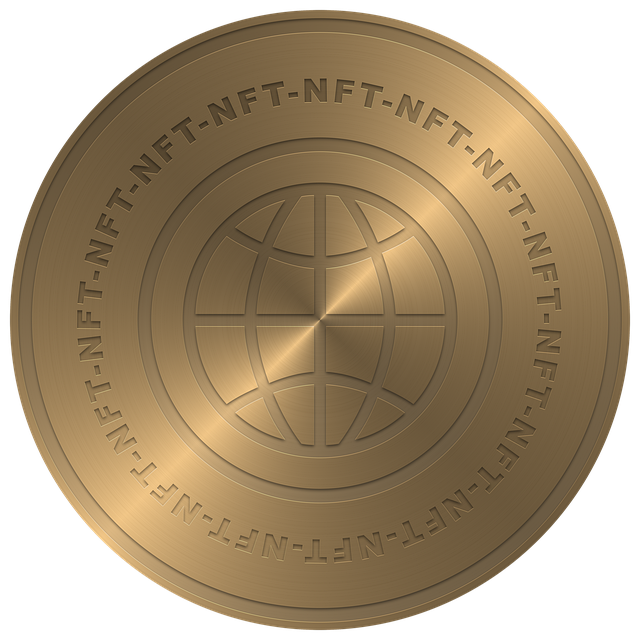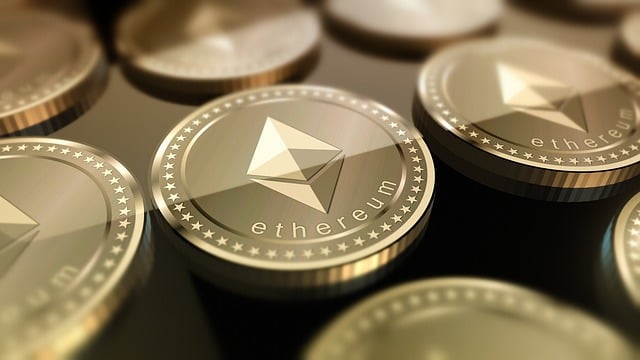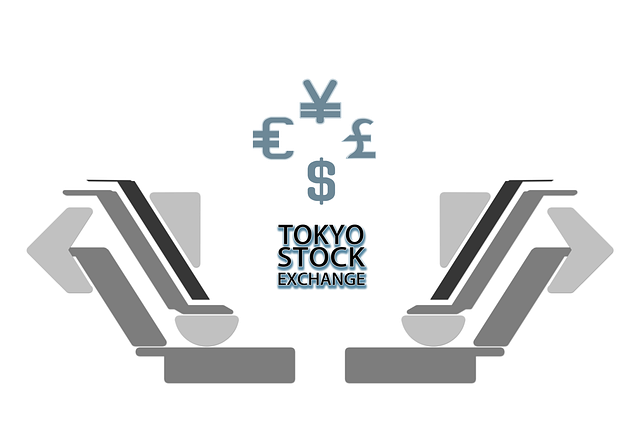
Ethereum, launched in 2015, has evolved from a digital currency to a leading blockchain platform that supports decentralized applications (dApps) and smart contracts via its native cryptocurrency, Ether (ETH). Notable developments include the 2022 transition to Proof of Stake (PoS), enhancing energy efficiency. By 2030, Ethereum aims to handle high transaction volumes, reduce fees, and integrate advanced technologies like AI and ML. Decentralized Finance (DeFi) and Non-Fungible Tokens (NFTs) are expected to revolutionize global markets and various industries. The regulatory environment is set to evolve, presenting both challenges and opportunities for Ethereum's growth as a decentralized ecosystem powering DeFi, NFTs, and dApps beyond 2030.
“The year is 2030, and the crypto landscape has transformed dramatically. Ethereum, once a pioneer in blockchain technology, has evolved into a multifaceted ecosystem. This article explores expert predictions for Ethereum’s future, delving into its current state and upcoming technological leaps. We dissect the rise of Decentralized Finance (DeFi), Non-Fungible Tokens (NFTs) beyond art, and regulatory shifts. By 2030, Ethereum could revolutionize industries, shaping a decentralized future. Prepare to navigate an enhanced, innovative Ethereum.”
- The Current State of Ethereum: A Retrospektive
- Technological Advancements: What's in Store for Ethereum?
- Decentralized Finance (DeFi): Predictions and Potential
- Non-Fungible Tokens (NFTs) Beyond Art: Real-World Applications
- Regulatory Landscape: Challenges and Opportunities
- The Future of Ethereum: A Vision for 2030 and Beyond
The Current State of Ethereum: A Retrospektive

Ethereum, launched in 2015, has evolved from a promising blockchain project to a dominant force in the crypto space. Today, it’s not just a digital currency but a versatile platform powering decentralized applications (dApps) and smart contracts. Its native cryptocurrency, Ether (ETH), serves as a fuel for these applications, facilitating seamless transactions across its network.
The past years have witnessed Ethereum’s continuous development, marked by significant upgrades like the transition from Proof of Work (PoW) to Proof of Stake (PoS) consensus mechanism in 2022, aiming for greater energy efficiency and scalability. This shift sets the stage for Ethereum’s potential to handle a vast number of transactions, making it a more viable solution for decentralized finance (DeFi), non-fungible tokens (NFTs), and other innovative use cases that require high throughput and low fees—all while maintaining security and decentralization.
Technological Advancements: What's in Store for Ethereum?

The year 2030 marks a significant milestone as Ethereum, one of the pioneering blockchain platforms, enters its third decade. Technological advancements will play a pivotal role in shaping its future. Expect Ethereum to continue evolving its consensus mechanism, potentially exploring more energy-efficient options beyond Proof-of-Work (PoW). With the rise of decentralized finance (DeFi) and non-fungible tokens (NFTs), Ethereum’s scalability and transaction speed might be at the forefront of its development.
Innovation in smart contract capabilities could lead to more complex and interactive applications. As the ecosystem matures, we may see the integration of artificial intelligence (AI) and machine learning (ML) within Ethereum, opening doors for innovative decentralized solutions. The platform’s ability to adapt and incorporate new technologies will be crucial in maintaining its position as a leading blockchain infrastructure for decentralized applications and digital assets.
Decentralized Finance (DeFi): Predictions and Potential

Decentralized Finance (DeFi) is poised to be one of Ethereum’s most transformative applications in the coming years. As a blockchain platform, Ethereum provides the ideal framework for DeFi, with its smart contracts enabling innovative financial products and services that are borderless and open to all. By 2030, we could see a fully realized ecosystem where traditional banking models are challenged by decentralized alternatives. Experts predict an expansion in lending, borrowing, and trading protocols, allowing users to participate in global financial markets without intermediaries.
The potential for DeFi on Ethereum extends beyond individual investors. Businesses and institutions may leverage these technologies for more efficient and transparent transactions, potentially reducing costs and increasing accessibility. As the network matures, improved security measures and regulatory clarity could further propel DeFi’s adoption, reshaping the financial landscape and solidifying Ethereum’s role as a leading force in decentralized finance.
Non-Fungible Tokens (NFTs) Beyond Art: Real-World Applications

Non-Fungible Tokens (NFTs) have initially gained popularity for their role in digital art, allowing artists to tokenize and sell their creations on blockchain. However, experts predict that NFTs will extend their reach beyond mere artistic expressions by 2030. As Ethereum continues to evolve, NFTs could be integrated into various real-world applications, revolutionizing industries such as supply chain management, ownership verification, and even digital identity.
For instance, NFTs could serve as unique identifiers for products, ensuring transparency and traceability throughout the supply chain. In addition, they can verify the authenticity of luxury goods, preventing counterfeiting. Furthermore, NFTs might enable secure and tamper-proof digital identities, enhancing privacy and security in various online interactions. This potential transformation would not only be a game-changer for Ethereum but also for numerous sectors set to benefit from this technology’s versatility.
Regulatory Landscape: Challenges and Opportunities

The regulatory landscape for Ethereum, like other cryptocurrencies, is a complex and evolving field. In 2030, we could see significant shifts in how governments and financial institutions perceive and regulate digital assets. This presents both challenges and opportunities for Ethereum’s growth and adoption. One of the main hurdles lies in the lack of uniform global regulations, with each country adopting its own approach, creating a fragmented environment.
However, this also offers an opportunity for Ethereum to adapt and become more compliant with local laws, potentially attracting institutional investors who prioritize regulatory certainty. As regulators gain a deeper understanding of blockchain technology and decentralized finance (DeFi), they may introduce clearer guidelines, fostering innovation while mitigating potential risks associated with cryptocurrencies.
The Future of Ethereum: A Vision for 2030 and Beyond

By 2030, Ethereum is expected to evolve into a decentralized ecosystem that facilitates seamless integration of various digital assets and services. With its advanced smart contract capabilities and growing support from developers worldwide, Ethereum will play a pivotal role in shaping the future of blockchain technology. The network’s scalability issues are likely to be addressed through innovative solutions like layer-2 scaling and sharding, enabling faster and more efficient transactions.
As we look beyond 2030, Ethereum may even transform into a fundamental component of our digital infrastructure, powering everything from decentralized finance (DeFi) platforms to non-fungible tokens (NFTs) and decentralized applications (dApps). This future vision promises a more inclusive and transparent digital economy where users have control over their data and assets, revolutionizing industries and redefining the way we interact with technology.
As we peer into the future, Ethereum’s potential appears boundless. With continuous technological advancements, a thriving DeFi ecosystem, expanding NFT applications beyond art, and a dynamic regulatory landscape, 2030 and beyond promise significant growth and transformation for this groundbreaking blockchain. Continued innovation and adoption will be key determinants in shaping Ethereum’s future, positioning it as a pivotal force in the global financial and digital asset landscape.






